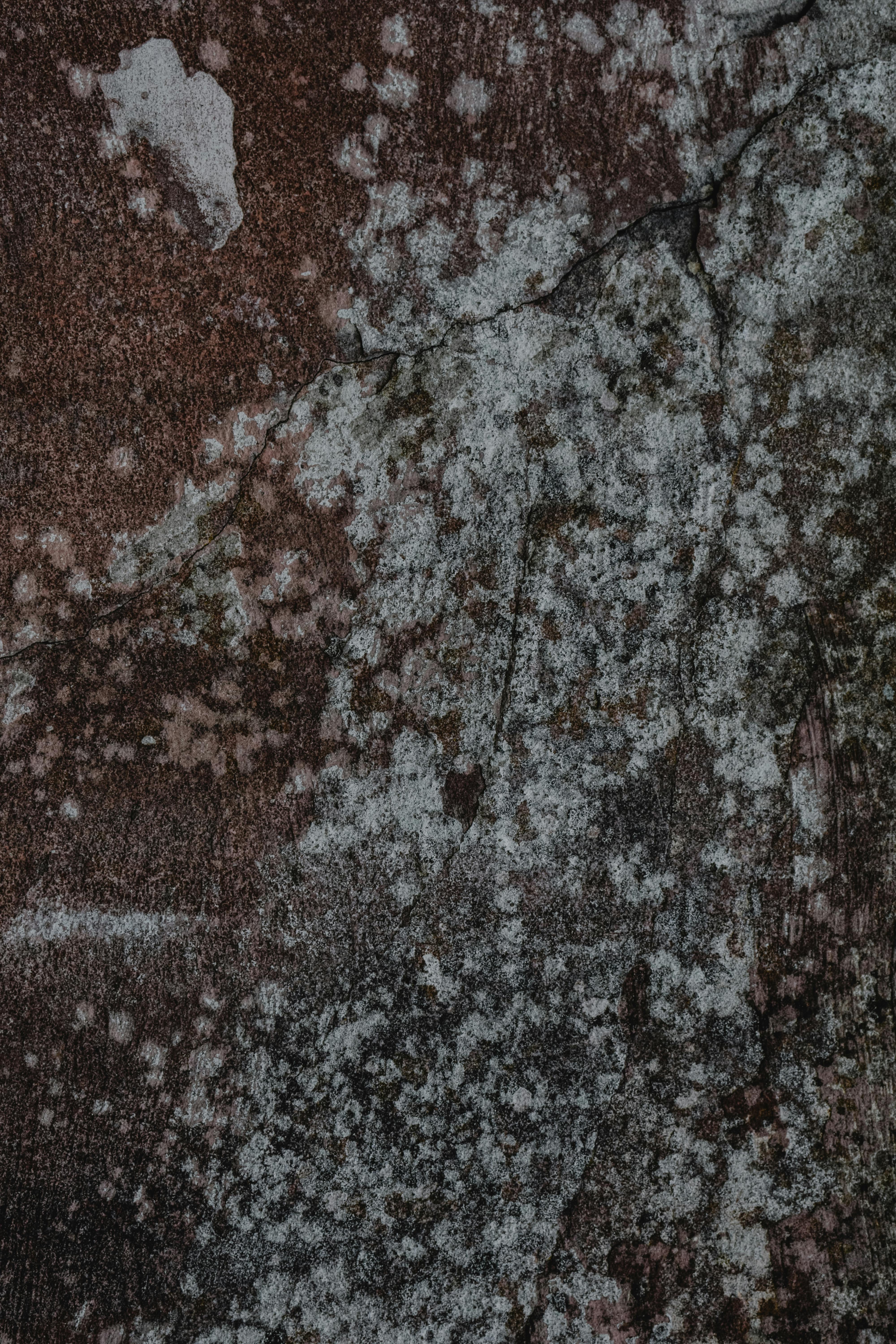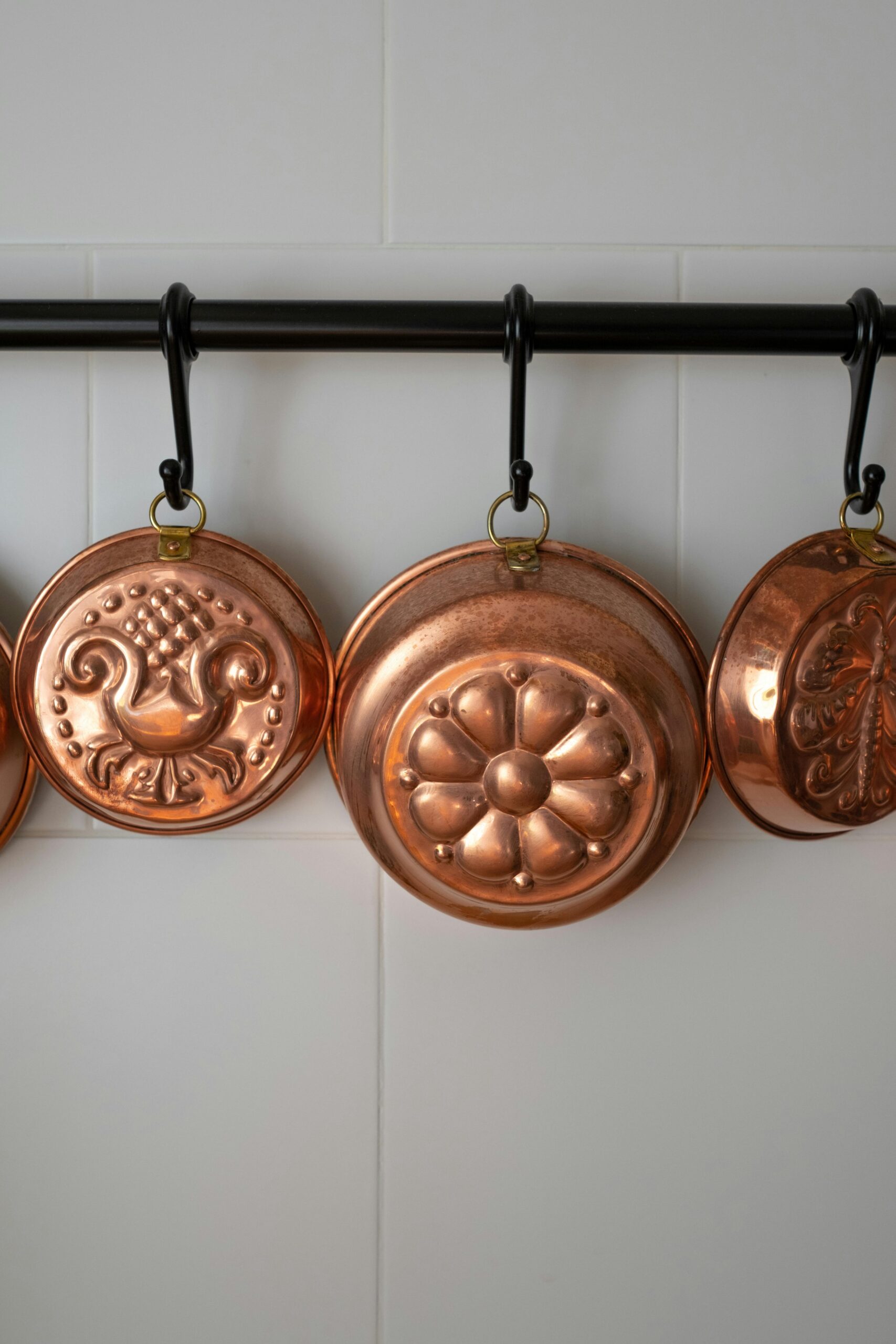Schimmel Wand: Causes, Prevention, and Solutions
Understanding Schimmel Wand
Schimmel wand, commonly known as mold on walls, is a serious issue that homeowners often encounter. This problem typically arises from excess moisture trapped behind walls or on surface areas, leading to fungal growth that can compromise both the aesthetic appeal and structural integrity of a home. Understanding the causes and effects of this issue is crucial for prevention and treatment. The presence of **schimmel wand** not only detracts from the appearance of your home but can also pose health risks, particularly for individuals with respiratory conditions. In this section, we’ll explore what causes schimmel, what it looks like, and why it’s essential to act quickly.
The Causes of Schimmel Wand
Several factors contribute to the development of **schimmel wand**. Primarily, high humidity levels inside your home create an ideal environment for mold spores to thrive. **Moisture accumulation** due to leaky pipes, insufficient ventilation, or condensation also plays a significant role. In older homes, structural issues, such as cracked walls or deteriorating roofs, can lead to water ingress, which encourages mold growth. It’s essential to regularly check areas prone to dampness, such as basements, bathrooms, and kitchens, for early signs of **mold on walls** before the situation escalates. Implementing dehumidifiers can help maintain optimal humidity levels and discourage mold proliferation.
Identifying Schimmel Wand on Walls
Visually identifying **schimmel wand** is crucial for quick intervention. Typically, **mold on walls** appears as dark spots or discoloration, ranging from black to green or white. In some cases, particularly harmful molds might produce a musty odor. It’s important to address mold problems as soon as they are discovered. If the affected surface is larger than 10 square feet, it is advisable to consult a professional. Regular inspections can help prevent extensive damage and ensure that your home remains healthy. Understanding how to recognize early signs of mold can save homeowners from costly repairs and health issues.
Health Effects of Mold Exposure
Exposure to **schimmel wand** can lead to a variety of health problems. Common health issues associated with mold exposure include respiratory infections, allergic reactions, and asthma attacks. Individuals with compromised immune systems or severe allergies are particularly at risk. Symptoms may involve sneezing, coughing, skin irritations, and fatigue. As such, it’s vital to maintain a mold-free environment, especially in residential spaces where children or elderly individuals reside. If you or anyone in your household begins to experience symptoms, it is best to address the issue promptly and seek medical advice if necessary.
Preventing Schimmel Wand
Preventing **schimmel wand** requires proactive measures and consistent maintenance strategies. Start by ensuring adequate ventilation in areas prone to moisture, such as kitchens and bathrooms. Installing exhaust fans can significantly reduce humidity and moisture accumulation. Additionally, conducting regular maintenance checks around windows and roofs to prevent leaks is crucial. Using a waterproof sealant on walls can act as an additional barrier against moisture. Employing proper insulation techniques in colder regions will help maintain warm air within your home while preventing condensation build-up. In this section, we’ll delve deeper into specific prevention strategies and tips.
Effective Ventilation Techniques
Ensuring effective ventilation is one of the easiest and most effective ways to combat **schimmel wand**. Open windows frequently to allow fresh air to circulate. Incorporating exhaust fans in bathrooms and kitchens provides additional ventilation, effectively removing steam and humidity released during everyday activities such as cooking and showering. If you notice persistent humidity issues, consider using a dehumidifier to extract excess moisture in the air. By maintaining optimal indoor air quality, homeowners can significantly reduce the likelihood of mold growth on walls.
Waterproofing Measures
Applying waterproofing measures is an effective strategy for preventing **schimmel wand**. Start by using high-quality paint that contains mold inhibitors for your interior walls. Additionally, seal cracks in walls and foundations with appropriate sealants to keep moisture out. Pay special attention to areas commonly affected by leaks, such as around windows and plumbing fixtures. Regularly inspect and repair any leaks in your home’s plumbing system to mitigate the risk of moisture infiltration. Implementing waterproof barriers helps create a sound defense against mold growth in your home.
Regular Inspection and Maintenance
Conducting regular inspections and maintenance is essential in the fight against **schimmel wand**. Schedule seasonal checks to monitor areas susceptible to moisture buildup. Inspect attics, basements, and crawl spaces for signs of humidity or dampness. Utilize moisture meters to assess the humidity levels in your home. Address any signs of water intrusion or leaks immediately. By being proactive about home maintenance, you can prevent small issues from developing into larger, potentially dangerous mold problems.
Treating Schimmel Wand: Steps to Take
In cases where **schimmel wand** is already present, it’s crucial to know how to address it safely and effectively. Depending on the extent of the mold invasion, homeowners may choose to tackle the problem themselves or enlist professional remediation services for more extensive infestations. This section will provide a comprehensive guide on treatment steps, including DIY methods and when to call in the professionals.
DIY Mold Removal Techniques
For small areas of **schimmel wand**, homeowners can often remove the mold themselves. Start by wearing protective gear, including gloves and a face mask, to prevent inhalation of spores. Use a mixture of water and detergent to scrub the affected area, followed by a disinfecting solution like vinegar or hydrogen peroxide. Ensure the area is adequately dried after cleaning, as moisture can lead to a resurgence. For stubborn mold, consider using specialized commercial mold removers. After removal, keep a vigilant eye on the treated areas to ensure mold does not return.
When to Seek Professional Help
While DIY methods can be effective for managing minor **mold on walls**, there are circumstances when seeking professional help is essential. If the mold covers an area larger than 10 square feet, the situation might be beyond personal handling. Professionals possess the expertise and specialized equipment needed to safely remove mold and address underlying moisture problems. They can also conduct thorough inspections to identify potential causes for the mold growth, allowing for targeted remediation strategies.
Post-Remediation Precautions
After successfully treating **schimmel wand**, it’s essential to take preventative measures to ensure it does not return. Monitor humidity levels regularly and address any leaks or moisture issues promptly. Routine inspections should be continued to catch early signs of mold growth. Consider employing air purifiers that contain HEPA filters to keep indoor air clean and reduce the presence of mold spores. By taking these precautionary steps, homeowners can enjoy a healthier living environment free from the threat of mold.
Key Takeaways
- Understanding the causes of **schimmel wand** is crucial for prevention.
- Regular inspections and proper ventilation can help prevent mold growth.
- DIY remedies are effective for small infestations, but larger issues require professional assistance.
- Addressing moisture problems promptly is key to maintaining a mold-free home.
- Post-remediation care is just as important in ensuring that mold does not return.
FAQ
1. How can I tell if I have schimmel wand in my home?
Signs of **schimmel wand** include visible mold spots on walls, a musty odor, and increased allergy symptoms. Regular inspections in damp areas can help catch early signs before they escalate.
2. Can schimmel wand affect my health?
Yes, exposure to **mold on walls** can cause respiratory issues, allergic reactions, and other health problems, especially for sensitive individuals. It’s crucial to address mold issues promptly to minimize health risks.
3. What should I do if I find schimmel wand on my property?
Act quickly! For minor infestations, clean the area with soap and water or a specialized mold remover. For larger issues, contact a professional mold remediation service.
4. How can I prevent schimmel wand from returning?
Maintain proper ventilation, monitor humidity, repair leaks promptly, and conduct regular home inspections to prevent **schimmel wand** from returning.
5. Are there specific paints that can help prevent schimmel wand?
Yes, using paints that contain mold inhibitors can help prevent **mold on walls**. It’s advisable to select quality interior paints specifically designed to resist moisture.
6. What are effective methods for drying wet areas in my home?
Use fans, dehumidifiers, and air conditioning to dry wet areas. Opening windows for ventilation during dry days can also help reduce moisture levels effectively.
7. Can I use bleach to remove schimmel wand?
While bleach can disinfect some surfaces, it may not be effective for porous materials. It’s often better to use alternatives like vinegar or specialized mold-cleaning products.


